| [1]Ploumis A, Transfledt EE, Denis F. Degenerative lumbar scoliosis associated with spinal stenosis. Spine J. 2007;7:428-436.[2]Transfeldt EE, Topp R, Mehbod AA, et al. Surgical outcomes of decompression, decompression with limited fusion, and decompression with full curve fusion for degenerative scoliosis with radiculopathy. Spine. 2010;35:1872-1875.[3]袁宁,田伟,刘波,等.成人脊柱侧凸的手术治疗策略[J]. 骨科临床与研究杂志,2017,2(3):159-164.[4]Simmons ED. Surgical treatment of patients with lumbar spinal stenosis with associated scoliosis. Clin Orthop Relat Res. 2001; (384):45-53.[5]Simmons EDJ, Simmons EH. Spinal stenosis with scoliosis. Spine (Phila Pa 1976). 1992;17:S117-120.[6]Gupta MC. Degenerative scoliosis. Options for surgical management. Orthop Clin North Am. 2003;34:2692-79.[7]Silva FE, Lenke LG. Adult degenerative scoliosis: evaluation and management. Neurosurg Focus. 2010;28:E1.[8]Aebi M. The adult scoliosis. Eur Spine J. 2005;14:925-948.[9]Liu Z, Zhao QH, Wu XZ, et al. Short fusion and long fusion for degenerative lumbar scoliosis with lumbar stenosis. Zhonghua Yi Xue Za Zhi. 2012;92:1751-1755.[10]Liu W, Chen XS, Jia LS, et al. The clinical features and surgical treatment of degenerative lumbar scoliosis: a review of 112 patients. Orthop Surg. 2009;1:176-183.[11]Cho KJ, Suk SI, Park SR, et al. Short fusion versus long fusion for degenerative lumbar scoliosis. Eur Spine J. 2008;17:650-656. [12]Kotwal S, Pumberger M, Hughes A, et al. Degenerative scoliosis: a review. HSS J. 2011;7:257-264.[13]Bae HW, Rajaee SS, Kanim LE. Nationwide trends in the surgical management of lumbar spinal stenosis. Spine(Phila Pa 1976). 2013; 38:916-926.[14]Hioki A, Miyamoto K, Kodama H, et al. Two-level posterior lumbar interbody fusion for degenerative disc disease: improved clinical outcome with restoration of lumbar lordosis. Spine J. 2005;5:600-607.[15]Bridwell KH. Selection of instrumentation and fusion levels for scoliosis: where to start and where to stop. Invited submission from the joint section meeting on disorders of the spine and peripheral nerves, March 2004. J Neurosurg Spine. 2004;1:1-8.[16]Birknes JK, White AP, Albert TJ, et al. Adult degenerative scoliosis: a review. Neurosurgery. 2008;63:94-103.[17]Ploumis A, Liu H, Mehbod AA, et al. A correlation of radiographic and functional measurements in adult degenerative scoliosis . Spine (Phila Pa 1976). 2009;34:1581-1584.[18]Glassman SD, Berven S, Bridwell K, et al. Correlation of radiographic parameters and clinical symptoms in adult scoliosis . Spine (Phila Pa 1976). 2005;30:682-688.[19]Glassman SD, Bridwell K, Dimar JR, et al. The impact of positive sagittal balance in adult spinal deformity . Spine (Phila Pa 1976). 2005; 30:2024-2029.[20]Schwab F, Dubey A, Gamez L, et al. Adult scoliosis: prevalence, SF-36, and nutritional parameters in an elderly volunteer population . Spine (Phila Pa 1976). 2005;30:1082-1085.[21]Daubs MD, Lenke LG, Bridwell KH, et al. Does correction of preoperative coronal imbalance make a difference in outcomes of adult patients with deformity? Spine (Phila Pa 1976). 2013;38:476-483.[22]Zurbriggen C, Markwalder TM, Wyss S. Long-term results in patients treated with posterior instrumentation and fusion for degenerative scoliosis of the lumbar spine. ActaNeurochir (Wien). 1999;141:21-26.[23]Weidenbaum M. Considerations for focused surgical intervention in the presence of adult spinal deformity . Spine (Phila Pa 1976). 2006;31: S139-143.[24]Schwab FJ, Smith VA, Biserni M, et al. Adult scoliosis: a quantitative radiographic and clinical analysis. Spine (Phila Pa 1976). 2002;27: 387-392.[25]Li F, Chen Q, Chen W, et al. Posterior-only approach with selective segmental TLIF for degenerative lumbar scoliosis. J Spinal Disord Tech. 2011;24:308-312.[26]Kumar MN, Baklanov A, Chopin D. Correlation between sagittal plane changes and adjacent segment degeneration following lumbar spine fusion. Eur Spine J. 2001;10:314-319.[27]Hai Y, Meng X. Selective Posterior Decompression and short segmental fusion of degenerative lumbar scoliosis. Spine J. 2010;10: S62-63.[28]Ledonio CGT, Polly Jr. DW, Crawford III CH, et al. Adult Degenerative Scoliosis Surgical Outcomes: A Systematic Review and Meta-analysis. Spine Deform. 2013;1:248-258.[29]Tsai TH, Huang TY, Lieu AS, et al. Functional outcome analysis: instrumented posterior lumbar interbody fusion for degenerative lumbar scoliosis. Acta Neurochir (Wien). 2011;153:547-555.[30]Li F, Chen Q, Chen W, et al. Posterolateral lumbar fusion versus transforaminal lumbar interbody fusion for the treatment of degenerative lumbar scoliosis. J Clin Neurosci. 2013;20:1241-1245.[31]Cho KJ, Suk SI, Park SR, et al. Selection of proximal fusion level for adult degenerative lumbar scoliosis . Eur Spine J. 2013;22:394-401.[32]Shufflebarger H, Suk SI, Mardjetko S. Debate: determining the upper instrumented vertebra in the management of adult degenerative scoliosis: stopping at T10 versus L1. Spine. 2006;31:S185-194.[33]O'Shaughnessy BA, Bridwell KH, Lenke LG, et al. Does a long-fusion "T3-sacrum" portend a worse outcome than a short-fusion "T10-sacrum" in primary surgery for adult scoliosis? Spine. 2012;37: 884-890. |
.jpg)
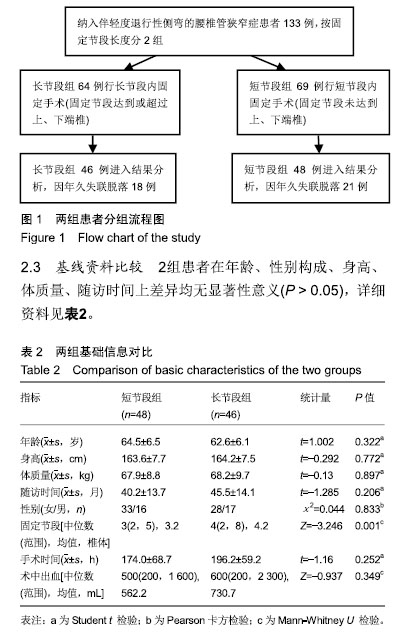
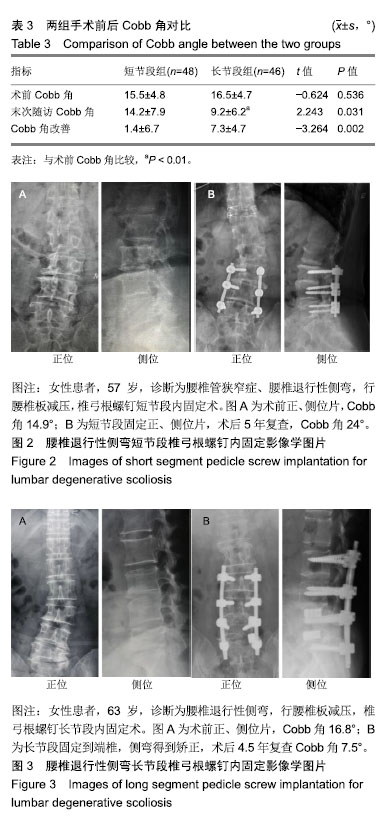
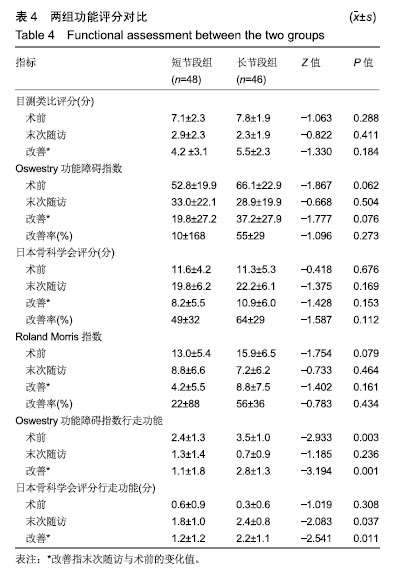
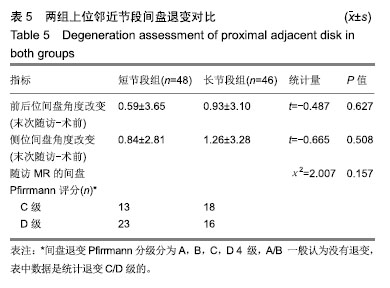
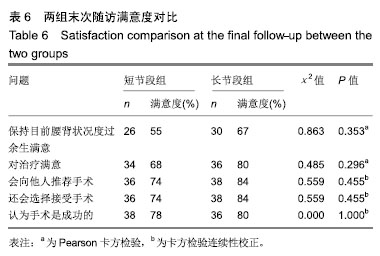
.jpg)
.jpg)